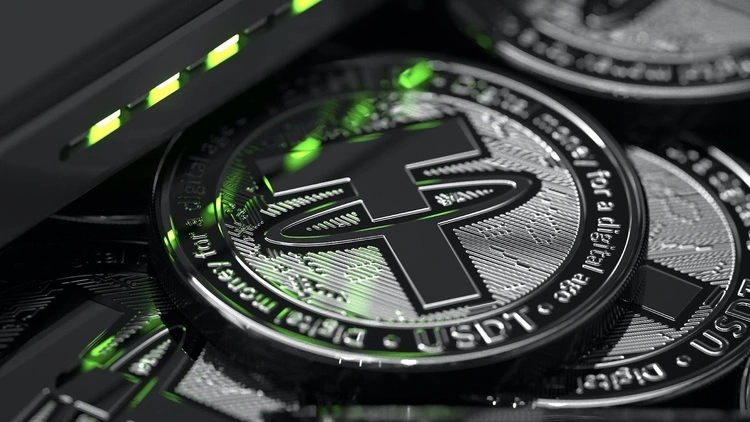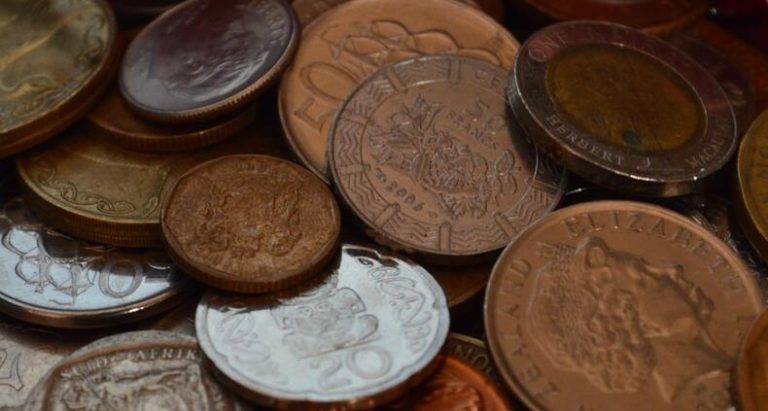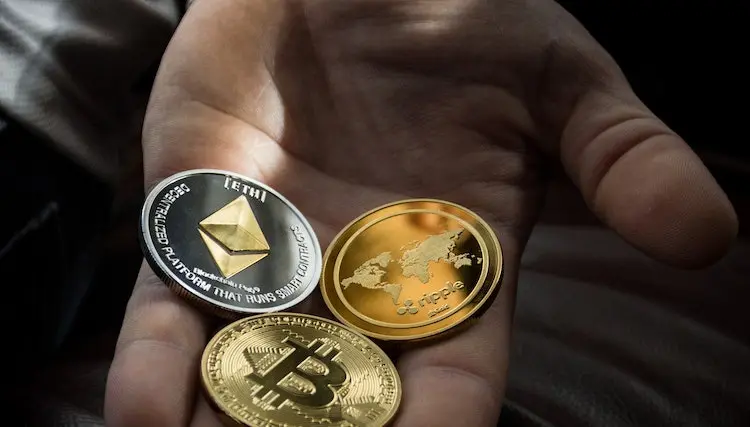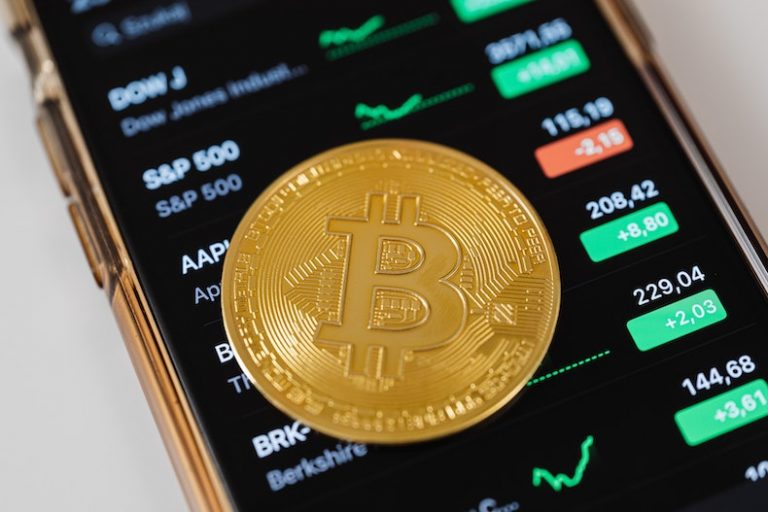Comparing The Most Popular Ways to Buy Tether (USDT)
Tether (USDT) remains a notable stablecoin in the cryptocurrency landscape due to its peg to the US dollar. Its consistency and utility have driven its widespread adoption among traders and businesses alike. This article will break down what USDT is, explain what it is commonly used for, and highlight the popular ways to purchase it.
What is USDT?
USDT, or Tether, is a type of cryptocurrency known as a “stablecoin.” Unlike more well-known digital assets such as Bitcoin or Ethereum, which can experience significant price fluctuations, stablecoins like USDT aim to maintain a stable value. The “stability” is achieved by pegging the value of the coin to a more consistent asset, typically a fiat currency.

In the case of USDT, its value is anchored to the US dollar, meaning that for every USDT in circulation, there is a corresponding US dollar held in reserve by Tether Limited, the company behind the coin. This pegged nature offers a degree of predictability and reduced volatility, making stablecoins an attractive proposition for several use cases in the cryptocurrency ecosystem.
While USDT is the most renowned stablecoin, there are other contenders in the market like USDC (USD Coin), which also pegs its value to the US dollar and operates on similar principles. Each stablecoin, while sharing core characteristics, may have unique governance structures, issuance policies, and underlying technologies, providing a range of options for crypto enthusiasts.
Why Purchase USDT?
Understanding the incentives for investing in USDT provides insight into its rapidly growing demand. Here are the main reasons that drive individuals and institutions toward this stablecoin:
Stability
USDT, by its very design, is pegged to the US dollar. This means that its value remains relatively constant, mirroring the performance of the dollar. Unlike many other cryptocurrencies that can experience dramatic price fluctuations within short periods, USDT offers a predictable and stable value. For those who are wary of the rollercoaster-like volatility of cryptos like Bitcoin or Ethereum, USDT presents a safer harbor.
Trading Pair Dominance
Across numerous crypto exchanges, USDT is frequently employed as a primary trading pair. Its ubiquity ensures that traders can easily swap out of more volatile coins into USDT, securing their gains or minimizing potential losses. With such a dominant presence in the trading arena, its liquidity is unparalleled, ensuring quick and efficient transactions.
Hedge Against Volatility
The crypto market is known for its unpredictability. During turbulent market conditions, when most cryptocurrencies are on a downward trend, traders often seek refuge by converting their holdings into USDT. This tactic helps to shield their investments from excessive depreciation. By being a stable store of value, USDT provides an effective counter-strategy against market volatility.
Cross-border Transactions
Beyond the trading realm, USDT has found a significant niche in the arena of international transactions. Traditional banking systems, with their lengthy processing times and exorbitant fees, can make global money transfers cumbersome. USDT, on the other hand, ensures swift, seamless, and cost-effective global transactions. Whether for business dealings or personal transfers, USDT is proving to be a preferred choice for many engaged in cross-border monetary activities.
Popular Ways to Buy USDT
The evolving crypto ecosystem offers a plethora of avenues to acquire assets like USDT. Let’s dissect the three primary techniques, understanding their operations, benefits, and associated drawbacks.
Centralized Exchanges (CEXes)
Centralized exchanges are digital marketplaces for trading cryptocurrencies. Governed by a central authority, they hold users’ funds and facilitate trades on their behalf. Platforms like Binance, Coinbase, and Kraken are prime examples.
Advantages of using centralized exchanges include:
- User-friendly interfaces: Most CEXes offer intuitive platforms, making it easier for users, especially beginners.
- High liquidity: Centralized platforms often have large trading volumes, ensuring smooth transactions.
- Reinforced security: Established platforms invest in advanced security measures to safeguard user assets.
However, there are also potential challenges to consider:
- Vulnerability to hacks: Centralized platforms can be prime targets for cyberattacks.
- Potential platform outages: High trading traffic might overwhelm systems, causing outages.
- Stringent KYC/AML requirements: Users often need to provide detailed personal information to trade.
Decentralized Exchanges (DEXes)
DEXes function autonomously, without a central governing body. Leveraging blockchain technology, they facilitate direct peer-to-peer trades. Uniswap, Sushiswap, and Balancer stand out as examples.
When opting for DEXes, users can anticipate the following advantages:
- User control over funds: Transactions happen directly between parties without intermediaries holding funds.
- No ID verification requirements: Users can trade anonymously, bypassing traditional KYC processes.
- Access to diverse DeFi protocols: DEXes often integrate with various DeFi platforms, broadening user options.
On the flip side, some inherent drawbacks are:
- A steeper learning curve: DEXes might be more challenging to navigate for newcomers.
- Potential liquidity concerns: Some DEXes might not have sufficient trading volume, affecting trade efficiency.
- Lack of centralized customer support: Users might face difficulties finding immediate assistance during issues.
Fiat Gateways (Onramps)
Fiat gateways bridge the gap between traditional currencies and cryptocurrencies. Platforms like Guardarian, Simplex, and CoinGate allow users to directly convert fiat, such as USD or EUR, to USDT.
Choosing onramps brings forth specific benefits such as:
- Direct fiat-to-crypto conversion: Users can easily swap between fiat and crypto assets.
- Variety of payment methods: On-ramps usually support a range of popular payment methods, allowing you to buy USDT with a debit card, credit card, bank transfer, Google Pay, Apple Pay among other options.
- Regulatory compliance: These platforms often adhere to local financial regulations, adding a layer of trust.
However, users should be mindful of the following challenges:
- Higher transaction fees: Converting fiat to crypto might attract additional charges.
- Delays in processing transactions: Depending on the platform and bank, conversions might not be instantaneous.
- Limited cryptocurrency options: Some onramps might offer only the most popular coins, restricting user choices.
Conclusion
There are many ways to buy USDT, and the best method depends on what you’re looking for. You can choose the user-friendly centralized exchanges, the self-controlled decentralized exchanges, or the simple cash-to-crypto route with fiat gateways. Whichever you pick, make sure you’ve done your research and understand your choice to ensure a smooth and safe crypto investing experience for yourself.







